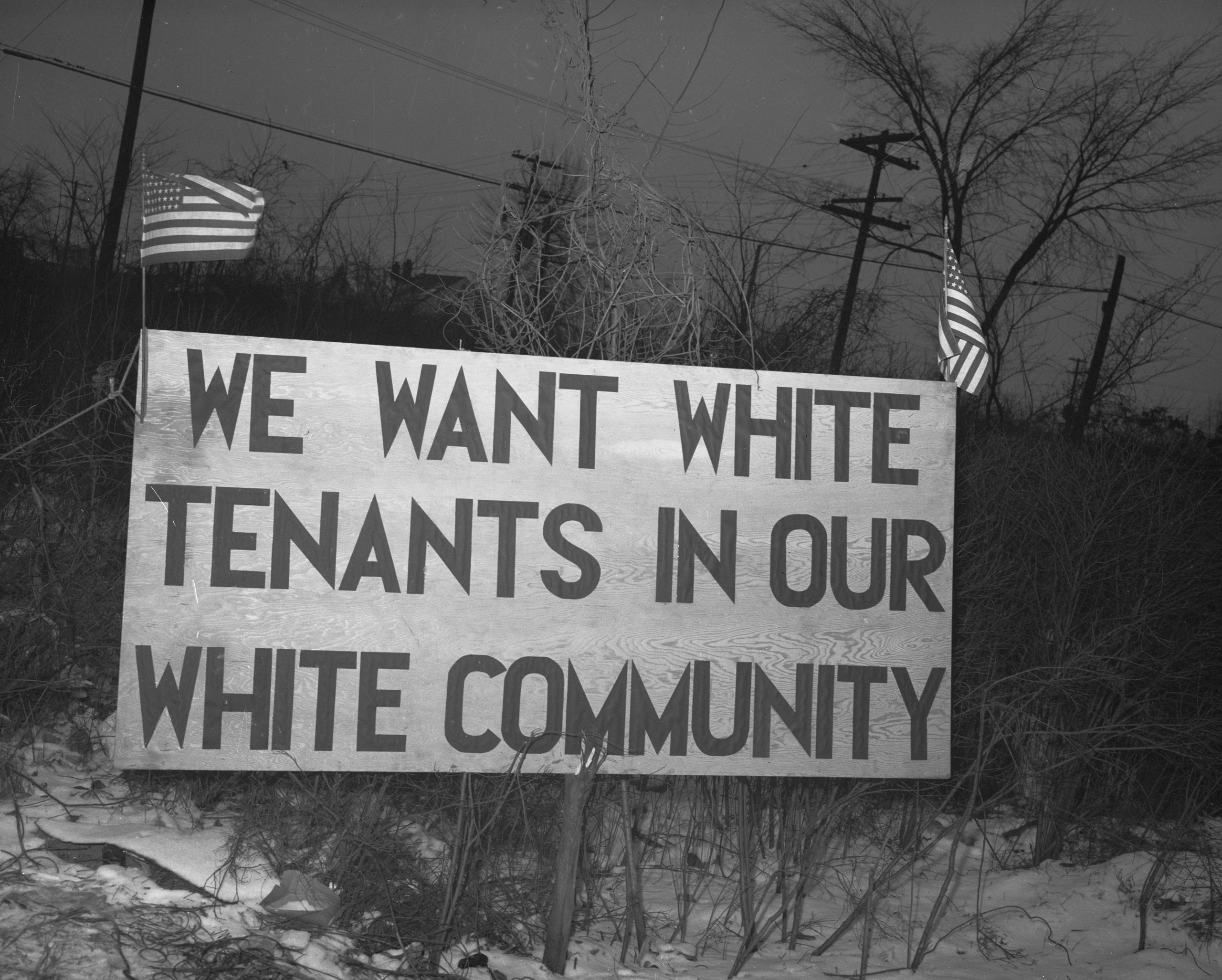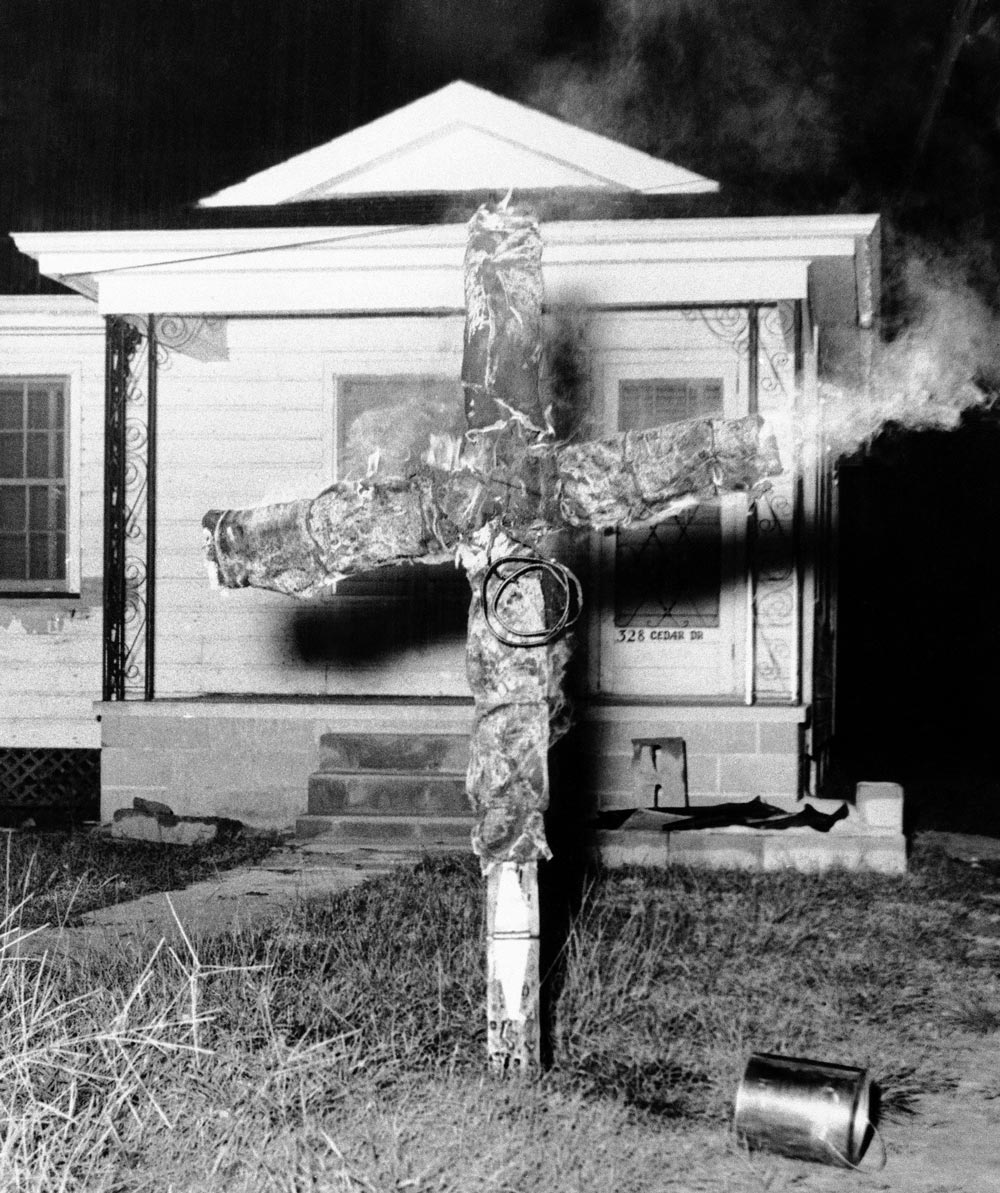Residential Segregation
Scroll for moreEntrenched residential segregation has kept schools racially segregated throughout the country.
Residential segregation is one of the most pervasive and persistent causes of racialized school segregation and wealth inequality in America. “We have created a caste system in this country, with African-Americans kept exploited and geographically separate by racially explicit policies,” writes Scholar Richard Rothstein. “Although most of these policies are now off the books, they have never been remedied and their effects endure.”

Photo: Library of Congress
In the summer of 1951, a mob of 4,000 white residents of Cicero, Illinois, burned and looted the home of the Clark family, the first African Americans to move into the all-white housing development. When the Clarks tried to enter their home after being confronted by the mob, police blocked the door, told them they “should know better,” and ordered them to “get out of here fast.”
Across the country during this era, Black families were systematically excluded from white neighborhoods, confined to overcrowded areas with poor quality housing and few resources. Local and state governments perpetuated racially-segregated neighborhoods and transferred land to private companies that created housing covenants barring Black people. The federal government color-coded maps – a practice called red-lining – that classified neighborhoods with African Americans as “hazardous.” The Federal Housing Administration’s Underwriting Manual said that “incompatible racial groups should not be permitted to live in the same communities.” All the while, white real estate owners overtly discriminated against Black people, who had no legal recourse.
The Fair Housing Act of 1968 prohibited homeowners from openly discriminating against Black buyers or tenants, but exclusionary practices continued covertly. “Realtors no longer refused outright to rent or sell to blacks . . . but real estate agents continued to practice surreptitious and widespread discrimination,” such as lying to Black tenants and buyers about the availability of apartments and excluding listings from predominately Black newspapers.
In 1970, the average segregation index among the 30 largest Southern metropolitan areas was a staggering 75.3, meaning that about three out of four African Americans in these Southern cities would have to move out of their neighborhoods to achieve integrated housing. In Northern and Western population centers, the average was 84.5 – more than four out of five Black residents would have to relocate achieve integration.
By 1980, those numbers had fallen only slightly, leading sociologists to observe, “No group in the history of the United States has ever experienced the sustained high level of residential segregation that has been imposed on blacks in large American cities for the past fifty years.”

This burning cross was erected in 1956 in front of a home in Mobile, Alabama, where white and Black residential sections adjoined.
Photo: AP Photo